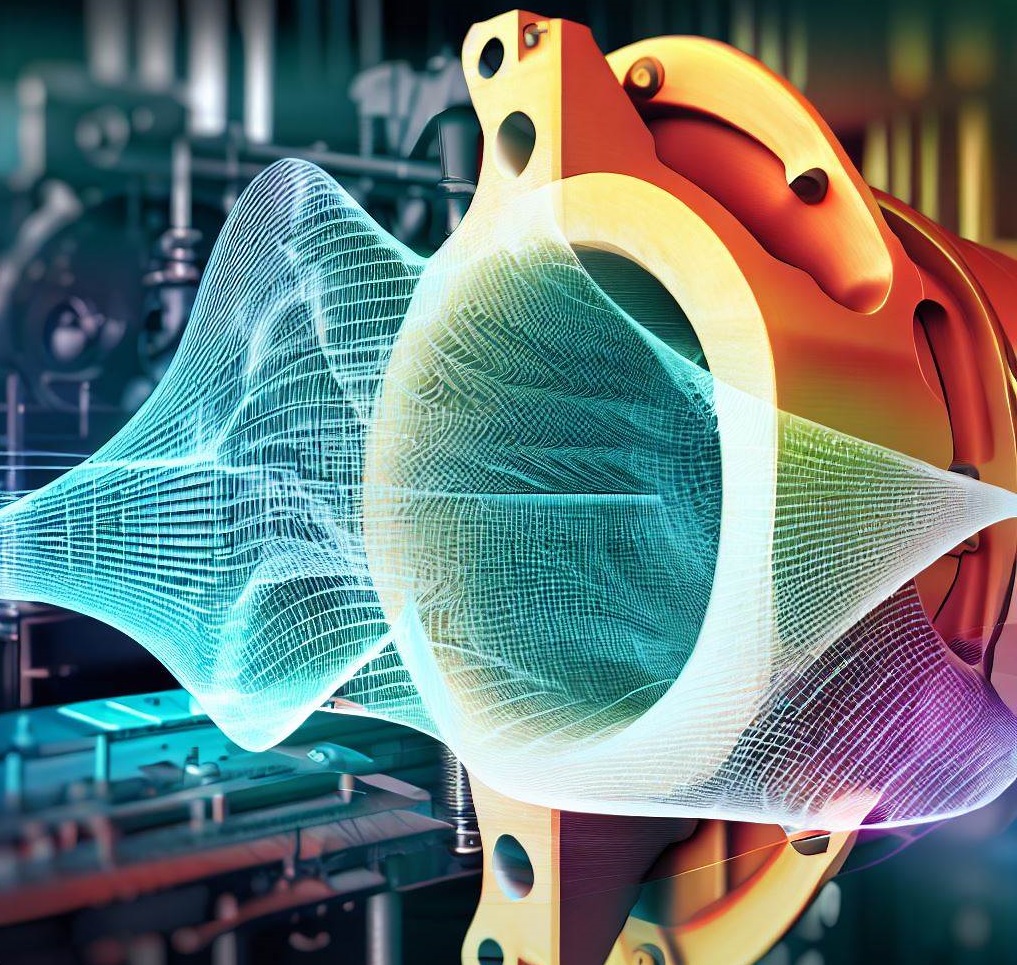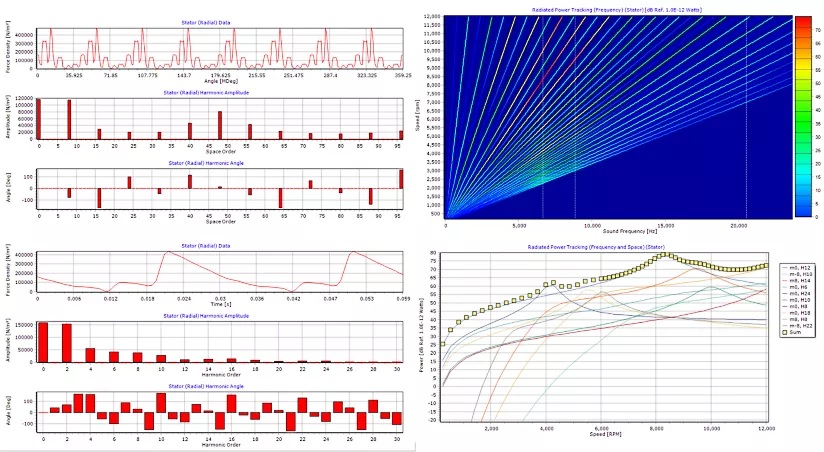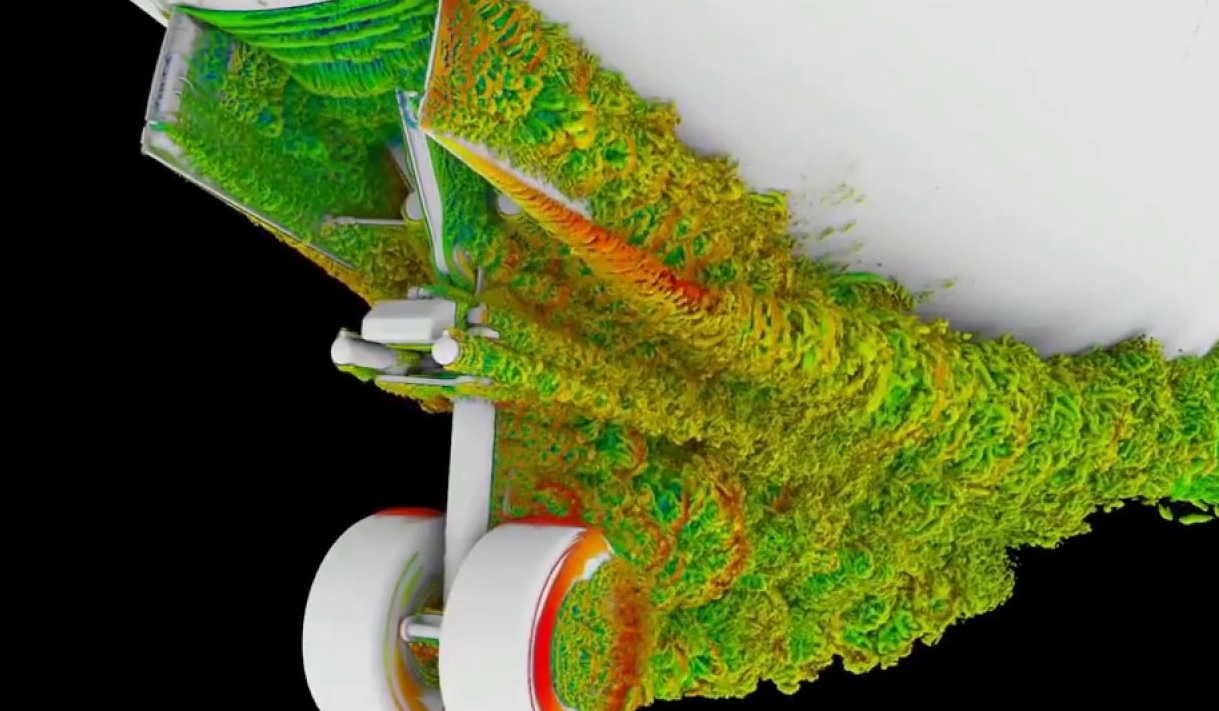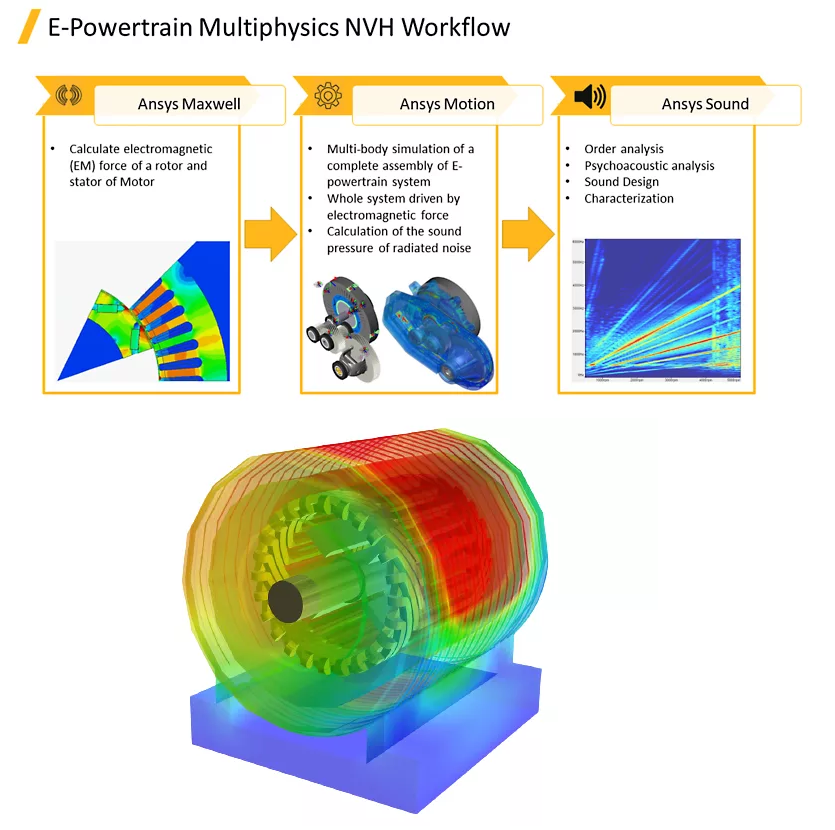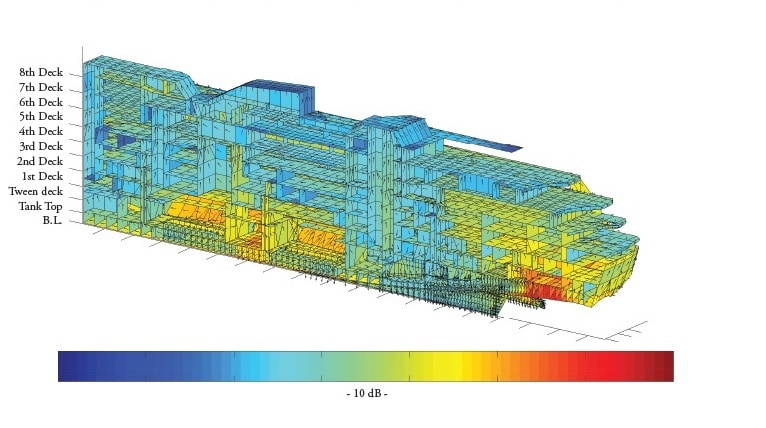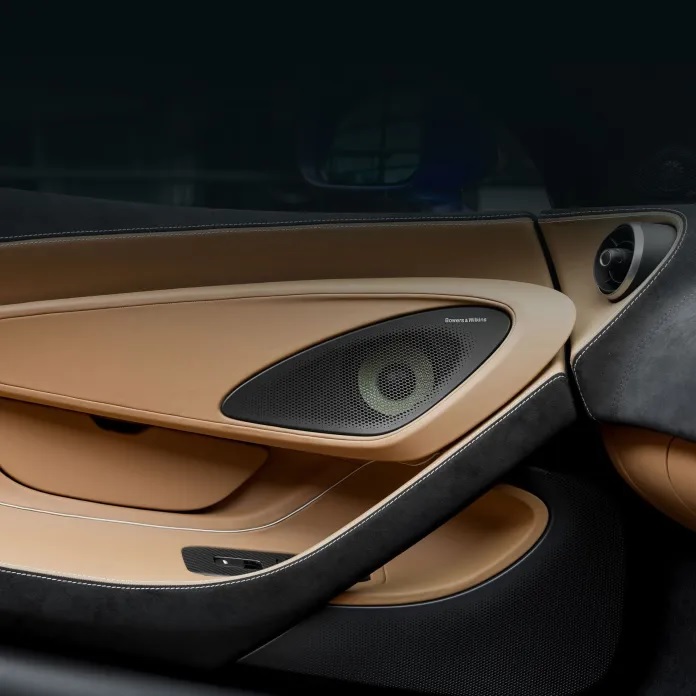Acoustics and Vibration
Acoustics and Vibration
Artificial Intelligence Analysis
FEA|CFD & AI Integration
Here, at Simulation Dynamics, our engineers have deep knowledge and expertise in FEA, CFD, and acoustic simulation, which enables them to solve complex acoustic, vibro-acoustic, and aero-acoustic problems. By leveraging advanced numerical simulation softwares such as Ansys Fluent and Siemens Star-CCM+ for flows simulation and FEA based Codes such as ABAQUS, Ansys, Nastran and LS-Dyna and acoustic solvers such as Actran, we can accurately predict noise and vibration levels and design products that meet regulatory requirements while delivering optimal performance and reliability.
Contact US and Discover Solutions

